Photocontests Architectural Photography - 'Labassa' (set of photos)
Here is my entry to #architecturalphotography hosted by @juliank from @photocontests.
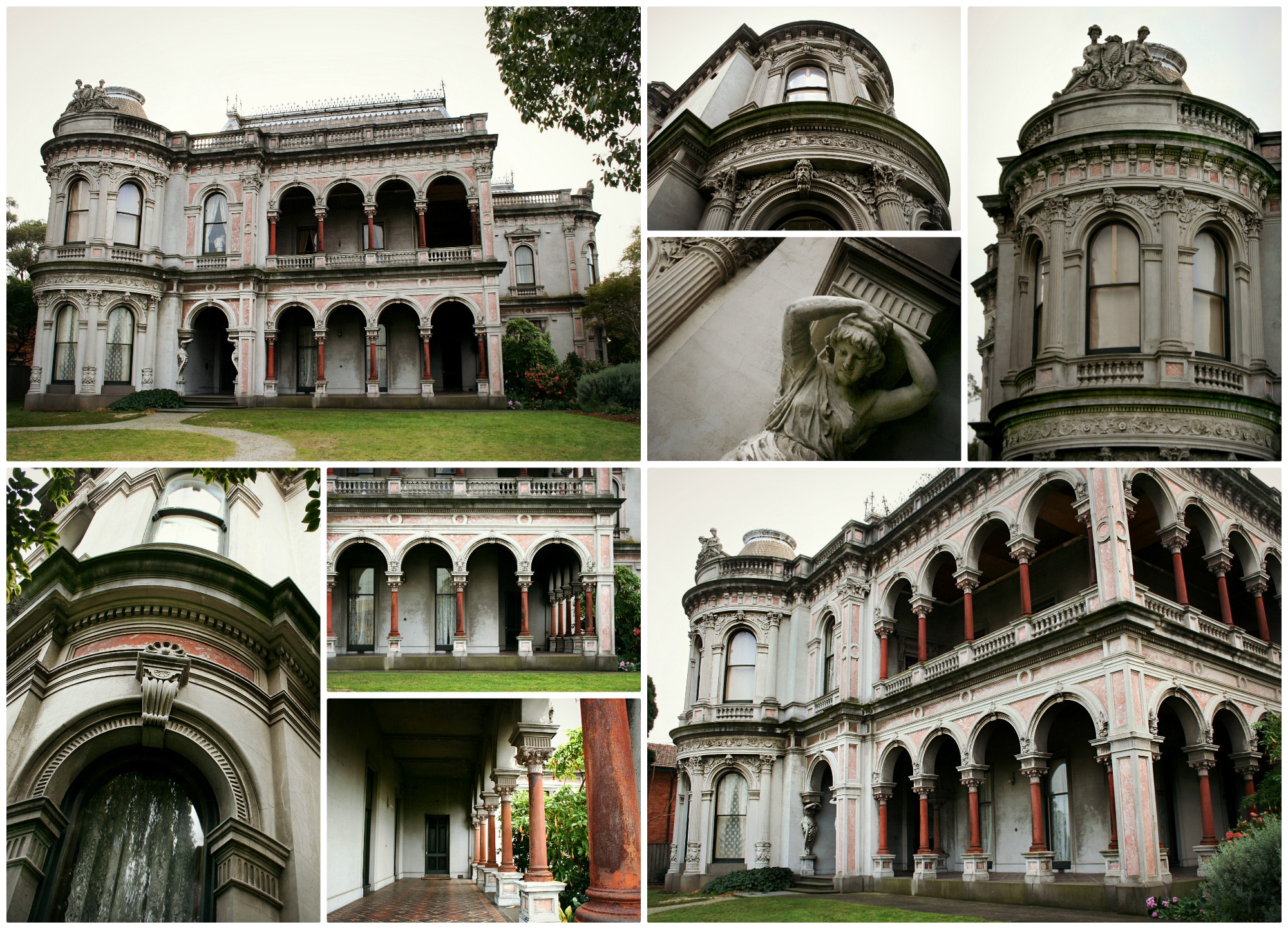
This is Labassa, it's an outstanding Victorian era mansion located at Caulfield North in Victoria, Australia. We made a visit here while on a road trip in the State. We saw a number of stately homes but sadly this one wasn't open to the public while we were there. It intrigued me too much not to have a look from the outside though, it's opulent architecture is like no other I have seen before.
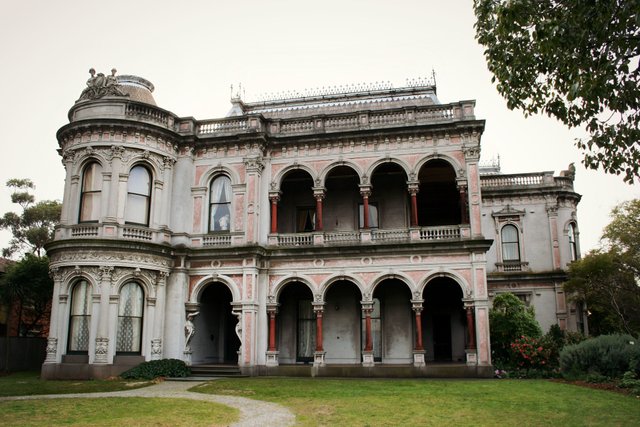
I'll start with the history and where it all began. The land was first acquired in 1854 by a man named William Lyall. In 1859 it was transferred to his partner, John Mickle who also acquired the adjoining allotment. Building begun in 1862-1863 for lawyer named Richard A. Billing, it was an eight roomed house and called ‘Sylliott Hill'. In 1873 the first eight roomed house was extended significantly into a twenty roomed house by architects Crouch & Wilson, who is thought to be also responsible for the first house. Richard A. Billing was a successful barrister, the new addition reflected his success. He resided at the the property until his death in 1882.
In 1883 a prominent Melbourne businessman, Alexander William Robertson leased the property from Richard Billing's widow. In 1885 he purchased the adjoining allotment and in 1887 he purchased Billing's property and renamed the now 6.31 hectare property, 'Ontario' reflecting his Canadian heritage. Alexander Robertson was a founder of the Cobb & Co. coach company that ran the mail service throughout Victoria. In 1889-1890, Alexander Robertson commissioned the German born architect, John A. B. Koch to extensively remodel the house into a thirty five roomed mansion in the French Second Empire style. The existing house was extended and altered, largely resulting in the nineteenth century mansion as it now appears. The interior featured gilt embossed wallpapers, ornate stained glass and a rare trompe l’oeil ceiling.
After Alexander Robertson's death in 1896, the house was tenanted to a succession of Melbourne’s elite. It wasn't until 1904 that it was eventually sold to a mining millionaire, John Boyd Watson and he renamed it 'Labassa'. In the early twentieth century, many large estates were subdivided into smaller blocks as the demand for land grew and it became more difficult to maintain large estates. After Watson's death in 1911, portions of the Labassa Estate were offered for sale. Mrs Watson retained a 1.73 hectare portion containing the house. In 1913 forty six allotments were auctioned at Labassa Estate which formed the streets Labassa Grove and Ontario Street to the east of the property.
In 1920, new owner Robert Hannon built a red brick block of flats adjacent to the house. In 1923 following the "boom years" the mansion was divided into apartment flats and became home to successive waves of residents of more modest means. Among Labassa’s new wave of residents was Louise Lovely, Australia’s first silent film actress to find acclaim in Hollywood. From 1930-1940 the mansion became the setting for innumerable extravagant parties and more demure meetings such as the Emilie Robins Auxiliary for the Queen Victoria Hospital. During the Second World War, Labassa hosted fundraisers in aid of the Red Cross Comfort Fund. With the post-war immigration boom, Labassa became a significant residence for some of the European families who were displaced from their homelands.
Subdivision continued until the National Trust of Australia purchased the house in 1980 and subsequently purchased adjoining sites, one to the south-east in 1984 (that house was demolished in 1988) and another to the west in 1988.
Labassa as it stands now is substantially as it appeared when John A. B. Koch completed the work in 1890. The original two story house was transformed into a French Second Empire style mansion, with the addition of a two level L-shaped arcaded verandah.
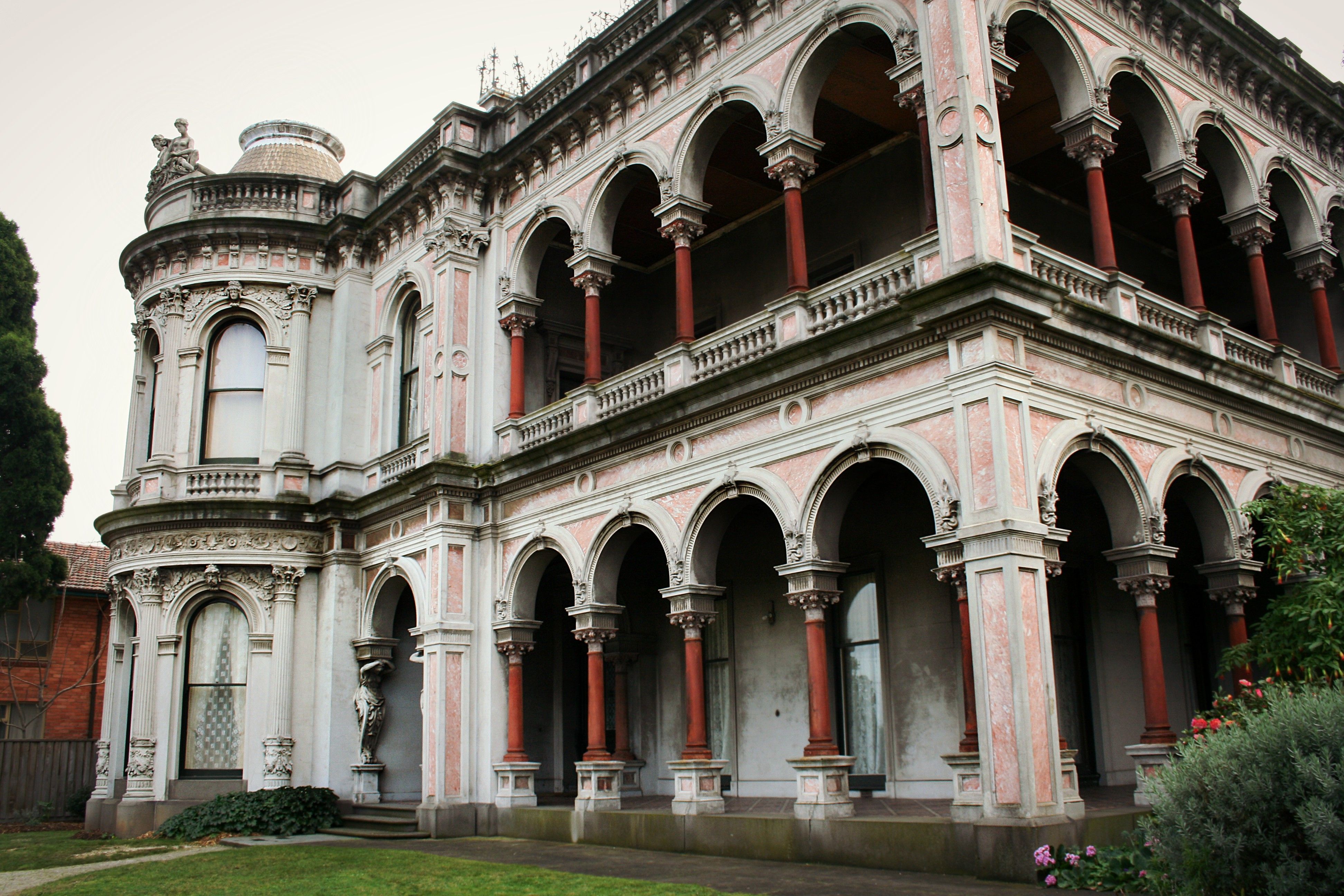
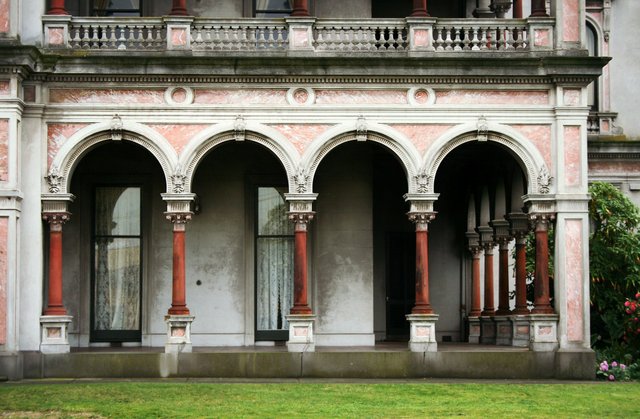
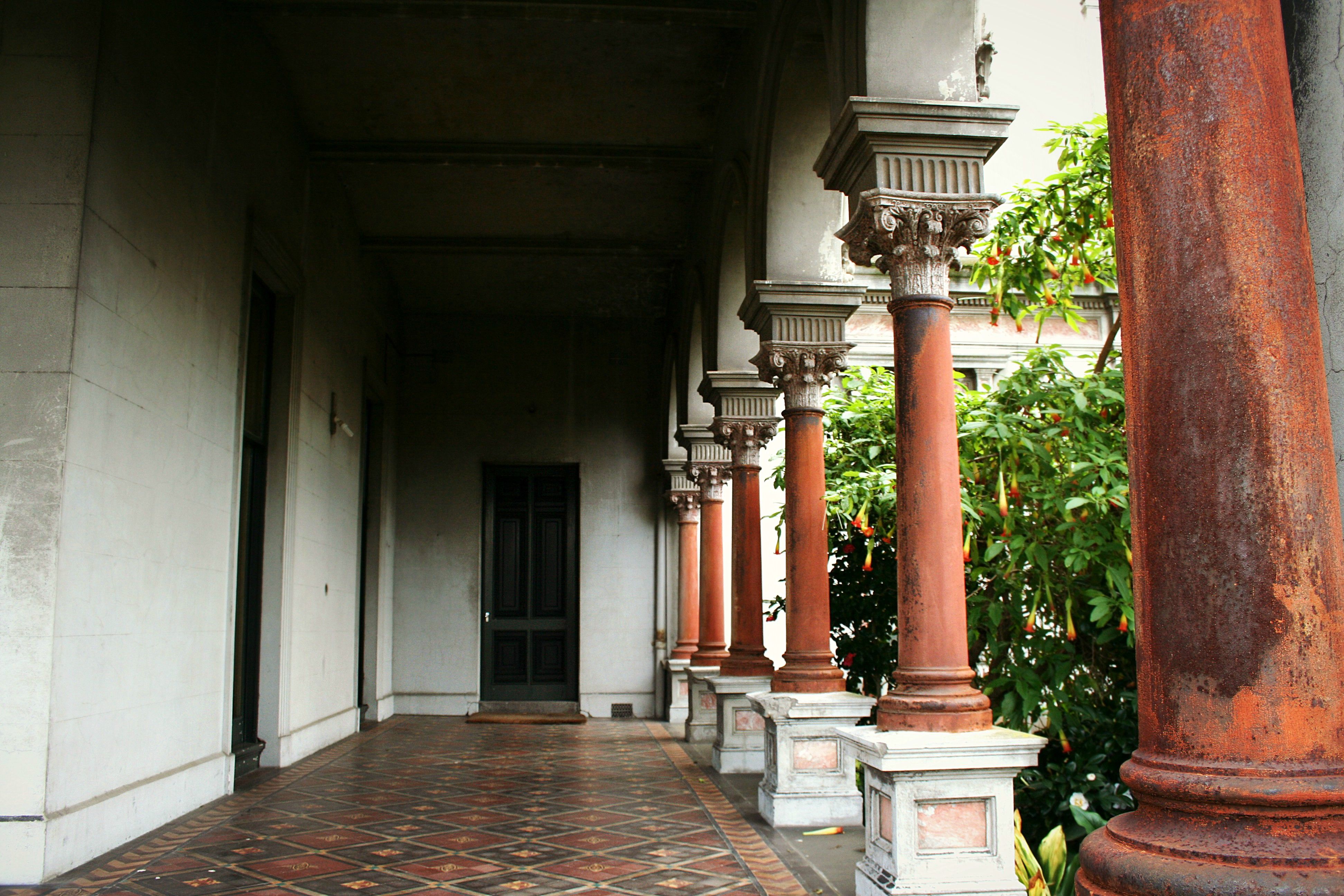
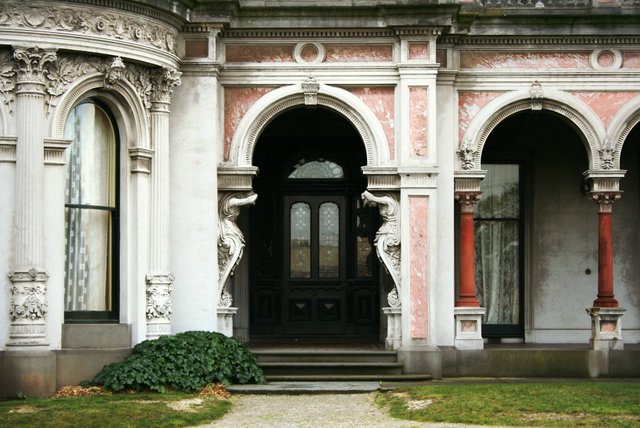
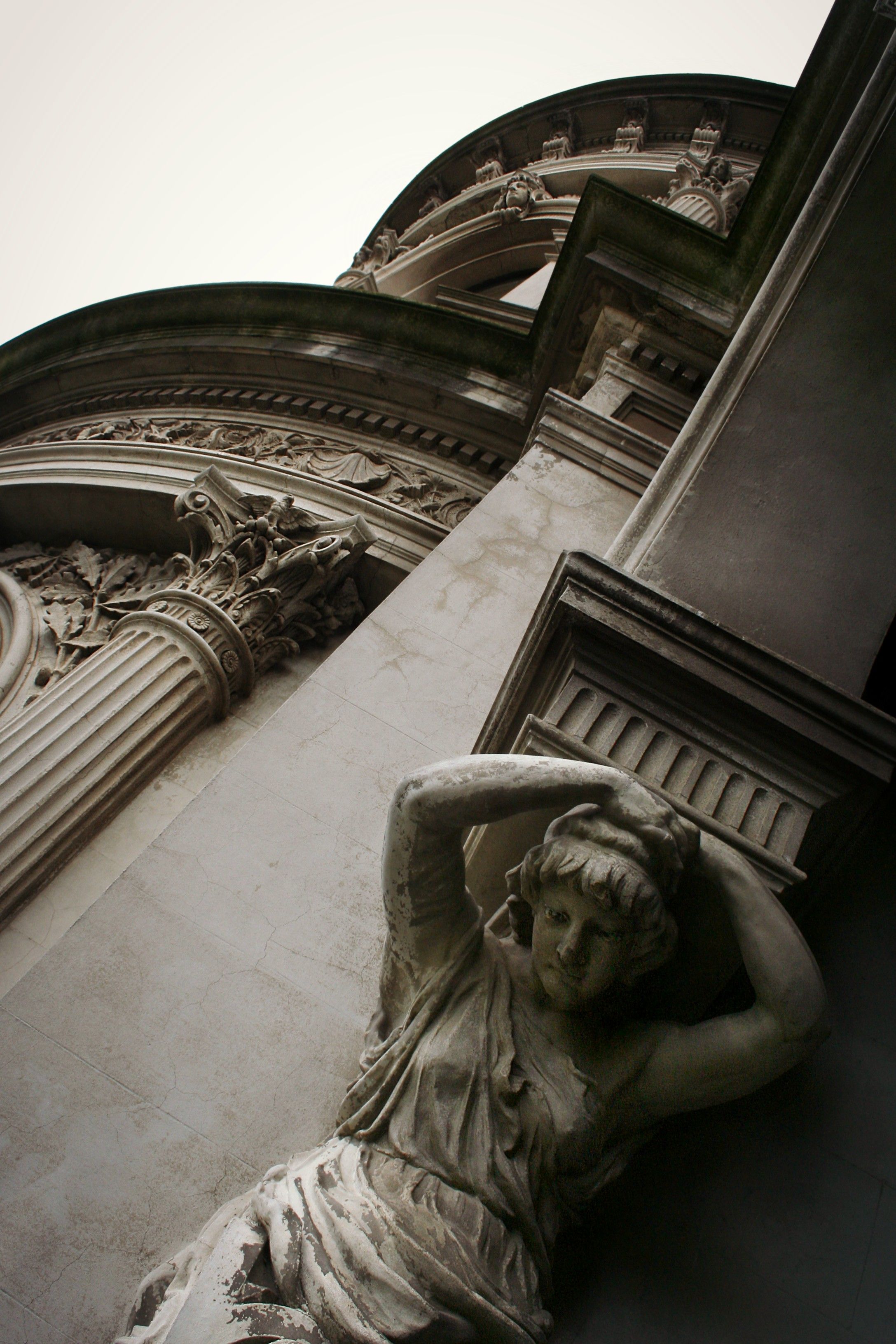
The main south and east facades incorporate many outstanding cast cement details, including sculptures, elaborate cornices, swagged corinthian columns and caryatid consoles flanking the entrance porch. As well as pink marble panels and imitation marble along with the use of incredible curved surfaces. So much work and detail were put into the facade planning. The stonework was exquisite. The craftsmanship was impeccable and even after all these years it was holding up beautifully. All I can think about is the man hours that went into crafting something so beautiful and as intricate as this.
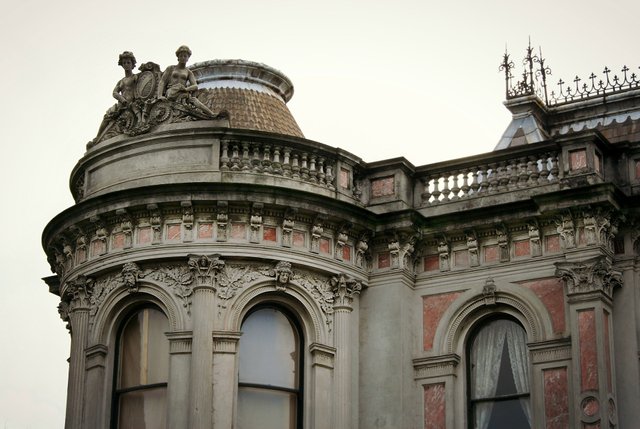
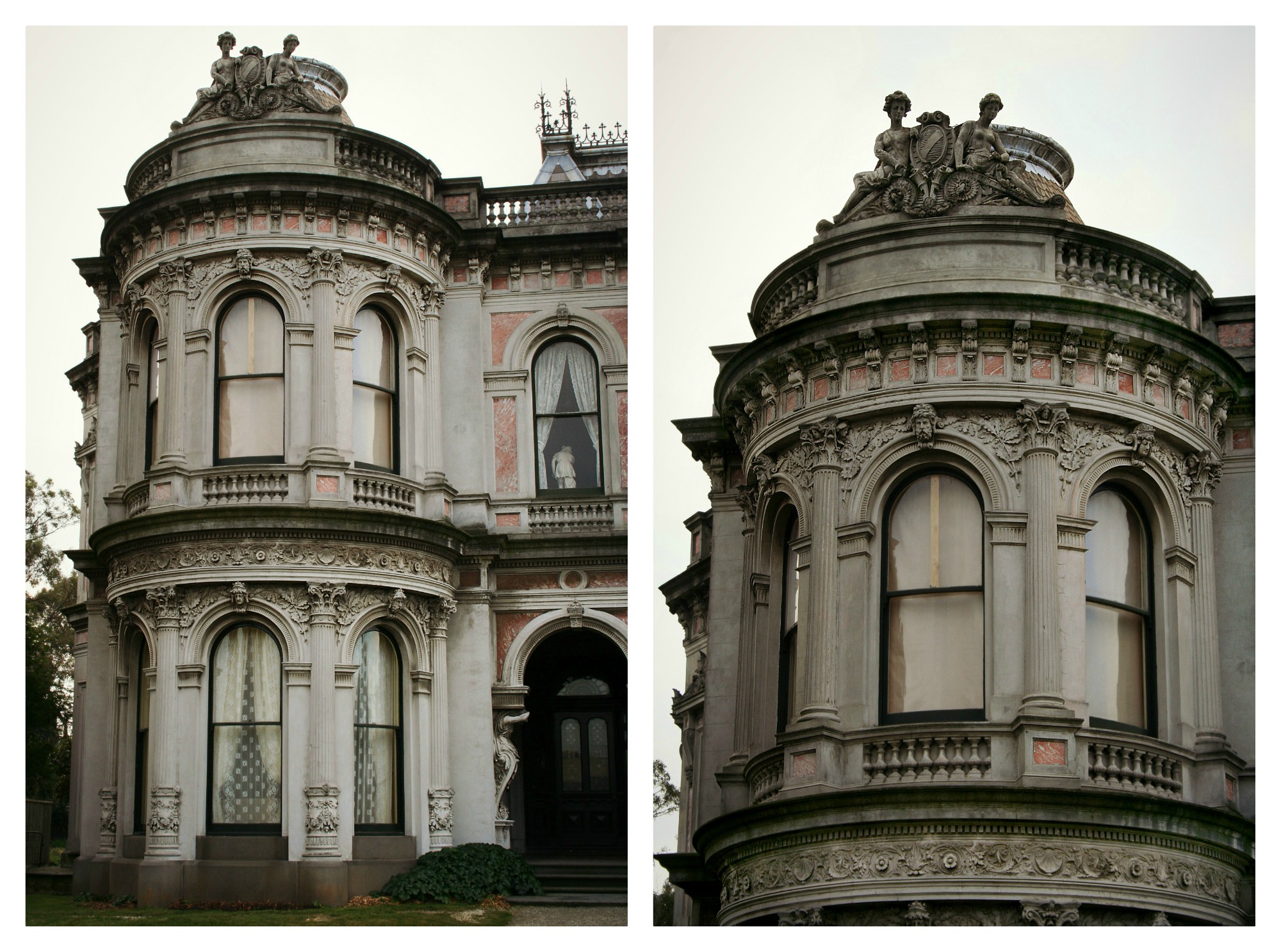
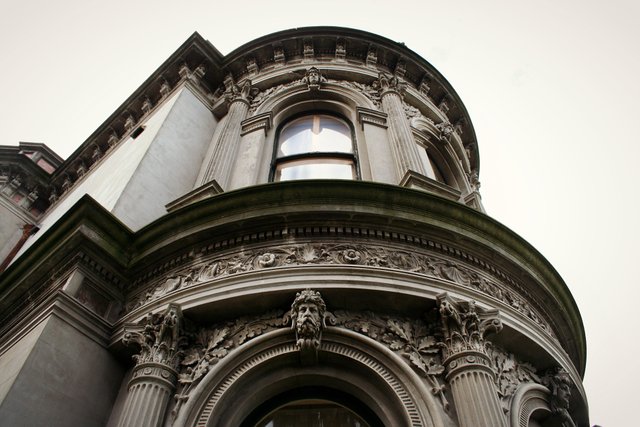
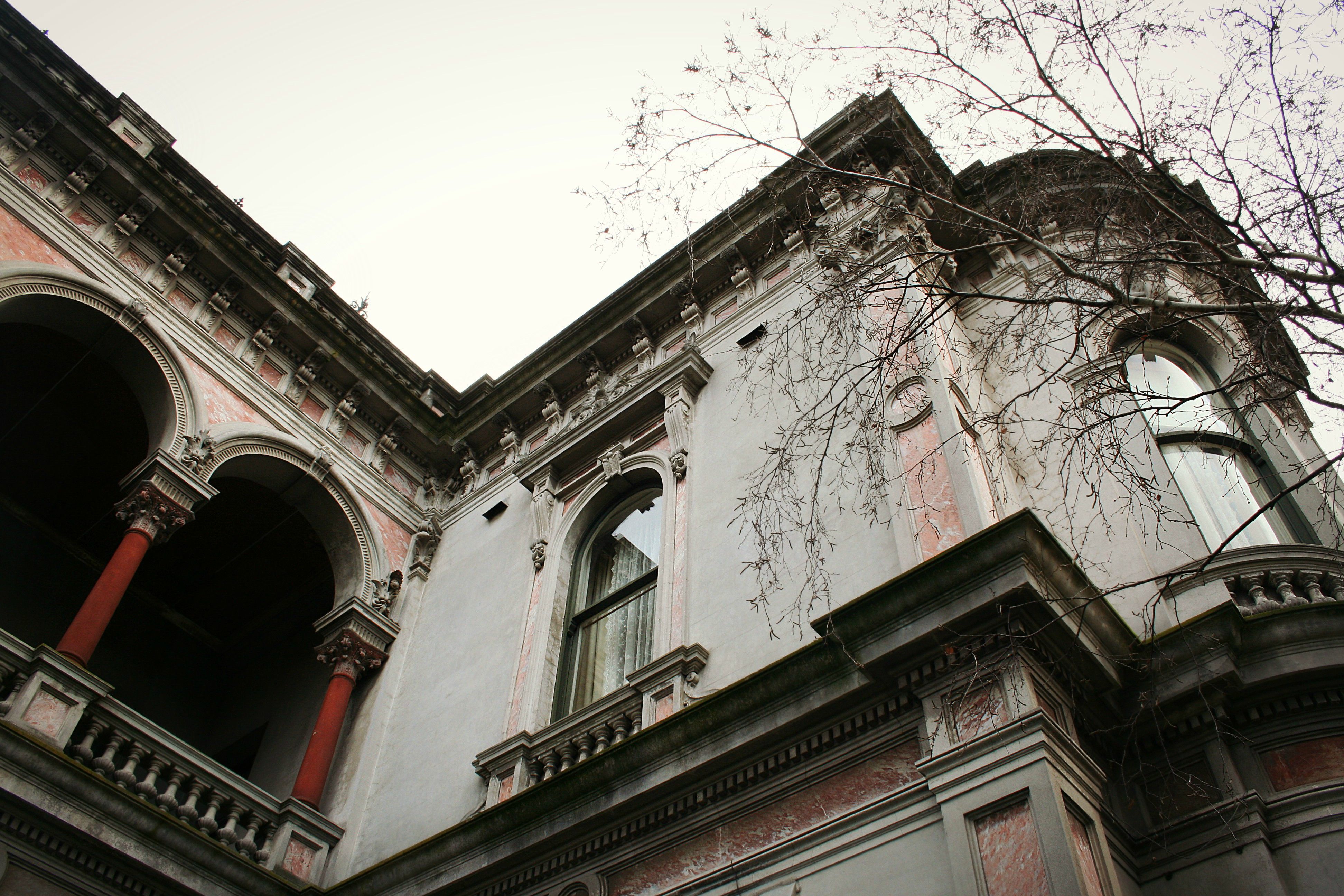
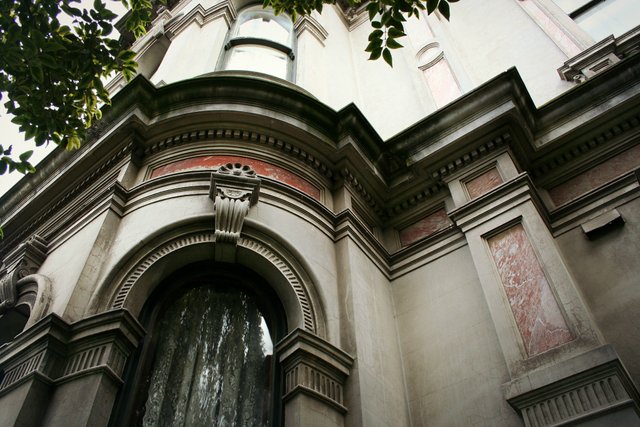
The building is unpainted cement render with beautifully dressed plinths, balustraded parapet and steep with slate covered, flat topped mansard roofs behind. A truncated conical roof is a feature of the south bay and a helmeted head is incorporated in the parapet over the east bay.
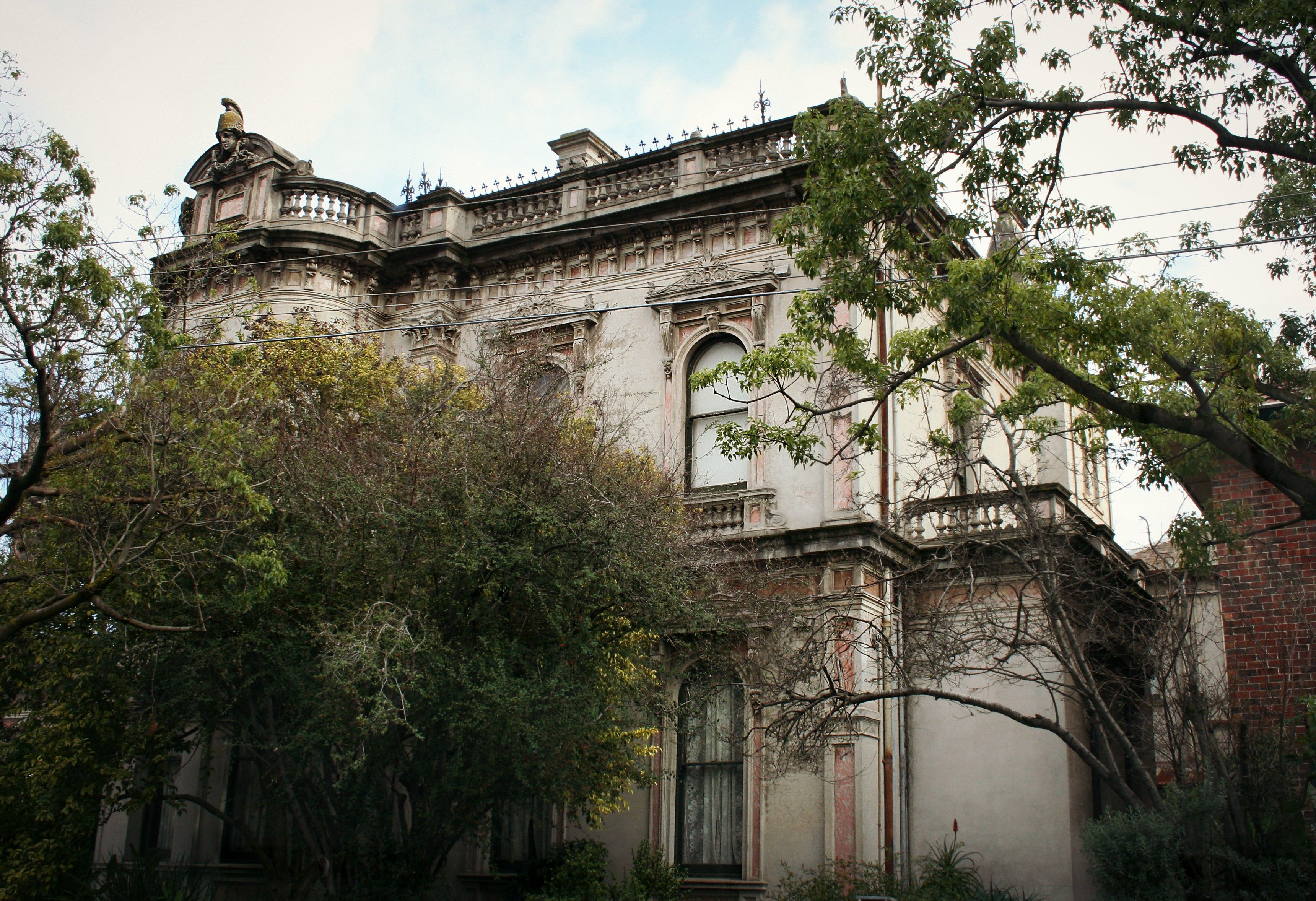
At the rear of the building there's a two story wing and a single story cottage, the former being connected to the main house by a tower, this was constructed in 1873. The property at its peak also included stables that were built in 1873 and a conservatory and tennis pavilion thought to be constructed in 1890. All of these outbuildings survive, with the stables and conservatory being converted for residential use after 1922.
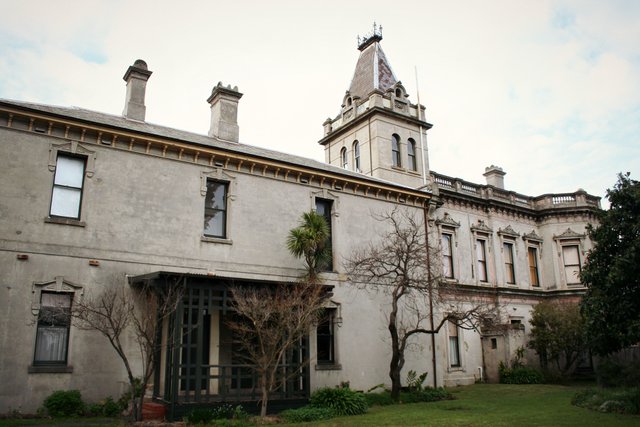
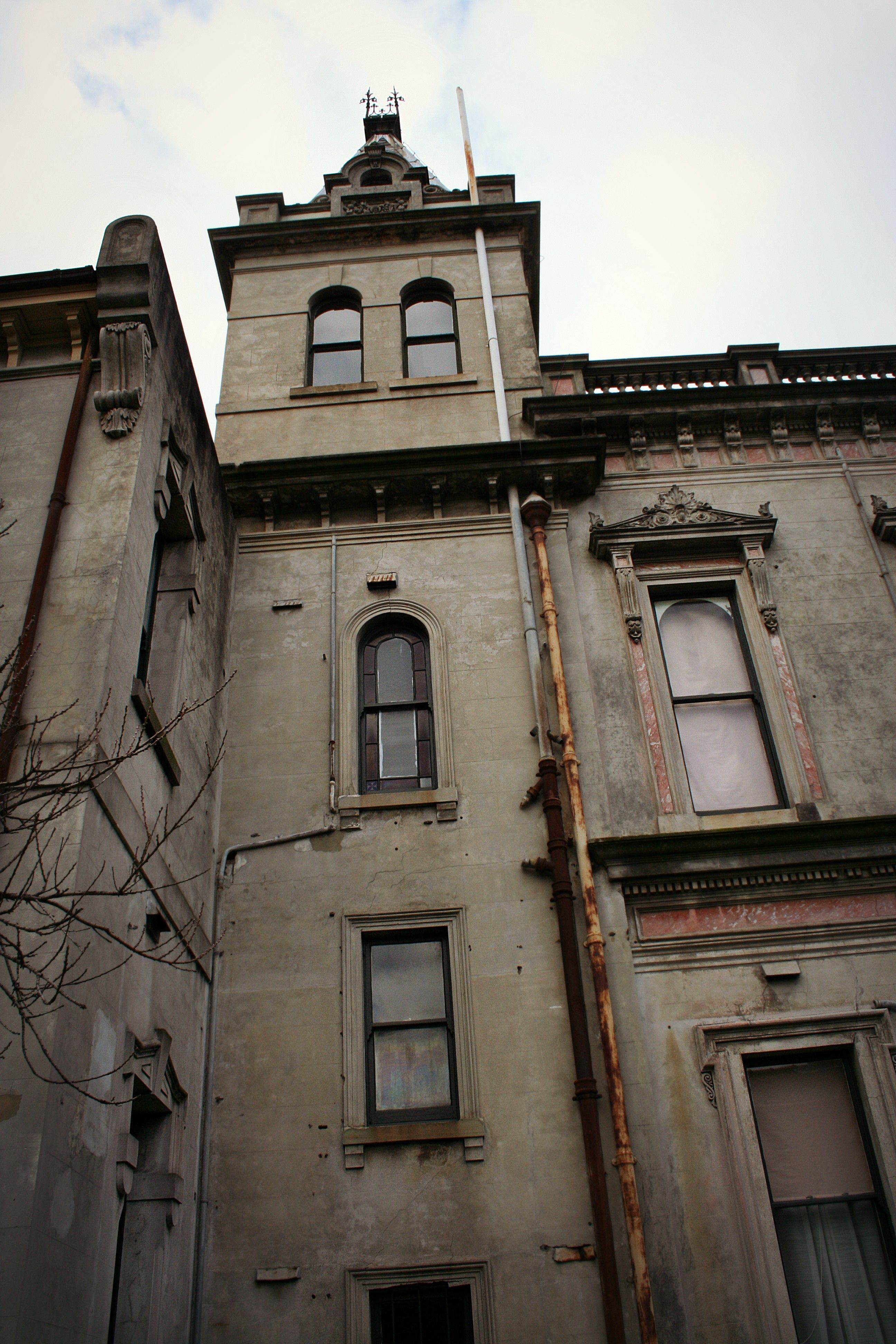
Internally a range of decorative treatments remain from the late nineteenth century and the early twentieth century, both from the Robertson and Watson periods of occupancy. These include wallpapers, ceiling decoration, chimney pieces, moldings, joinery and decorative glass. This was the only image I was able to get of the inside as many windows had blinds that were pulled down or had lace window trimmings.
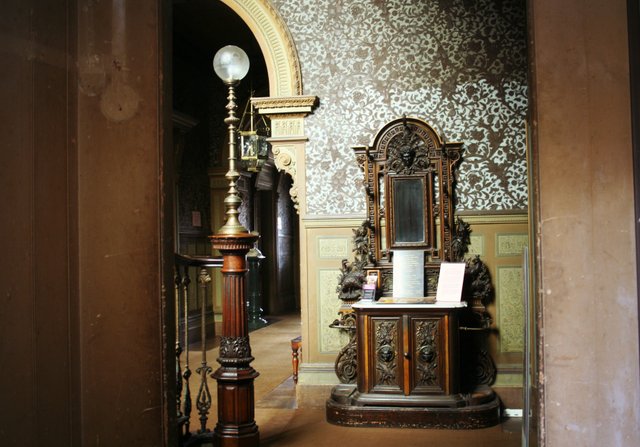
I am still very keen to get back there someday to tour this remarkable property. When the outside looks like this, one can only imagine what in the interior is like. This glimpse through the side door is just a teaser I'm sure. The National Trust is wonderful organisation here in Australia who work hard to restore historic buildings back to their former glory, trying to keep everything as original as possible and they do an exceptional job at it.
World of Photography
>Visit the website<
You have earned 6.50 XP for sharing your photo!
Daily photos: 1/2
Daily comments: 0/5
Multiplier: 1.30
Block time: 2018-05-11T07:56:06
Total XP: 804.72/1600.00
Total Photos: 107
Total comments: 18
Total contest wins: 4
Follow: @photocontests
Join the Discord channel: click!
Play and win SBD: @fairlotto
Daily Steem Statistics: @dailysteemreport
Learn how to program Steem-Python applications: @steempytutorials
Developed and sponsored by: @juliank
Touring a house that has hosted many people, many were born, many have died in it, evokes a special feeling... . also thinking about the first owner (Richard A. Billing), putting much effort for that house and dieing 20 years later and realizing that we would die too... kind of weird.
Yes I totally agree... and wouldn't it have been wonderful if he could have seen what a magnificent architectural masterpiece his creation, his dream turned into. The National Trust have actually got a group together of everyone who is still living who has either lived or know someone who lived or worked in the mansion. I think from memory there were about 180 people who attended their first get together. They shared their stories, their memories of the building and brought along any photos or other memorabilia they had. The National Trust is also documenting all this information where you can go through and read their journals. I have read some and they are really very interesting!!
it's interesting how much they care about these not so old houses and architectures. if they did the same in my country, we had more sound historical architectures. still we have many, (Iran is the country with the history, but we have messed a little with our present, :) ) and maybe this is the reason why they don't care about them too much.
Hope they won't make up some story like Sherlock Holmes to make that house worldwide famous. (haha)
It is homes such as these that are as old as they get in here in Australia... that is the project of The National Trust to preserve and restore them back to their former glory. They don't make buildings like this anymore, they are certainly worth looking after!! It is sad that they have not cared for the historical buildings in your country.
As i live in a country which has historical places older than 2500 years, less than 200 years is not considered historical. ( :) ). most (if not all) of our historical places are more than 300 years old. some of them are worldwide famous, so government cares about them, but some aren't that famous, so just people who know it's value, care about it, not those in power.
About 20 years ago cars were allowed to cross the Siosepol bridge which is about 400 years old and also very famous. Just imagine that. Fortunately they stopped it before destroying the bridge. And it's not just the government's problem, people also don't care vary much and nearly in every historical place, you'll see some writing or signs that people have left recently. Things are getting better in that case.
Yeah that is old and they would be AMAZING!! I guess since we are only a few hundred years old that is as old as it gets for us but I am happy at the fact that there is someone looking after what we do have. It's good to hear that things are getting better though!